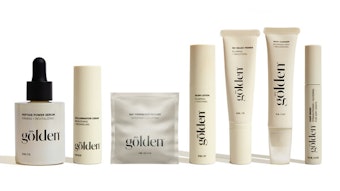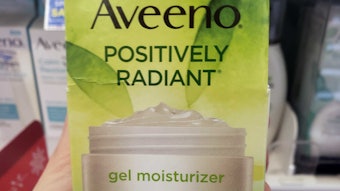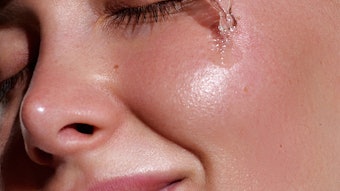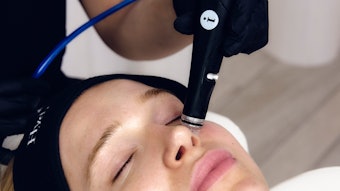Everyone’s talking skin—protecting it, repairing it, preserving it, tightening it, lightening it, revitalizing it, obscuring its flaws and even delivering things through it. Other product categories are just as hot, but why all the buzz around skin? Probably because progress is just being made in understanding it, thus advancing formula designs to treat it. And now that it’s July, and we’re exposing ourselves to the hottest and coldest weather on Earth (depending where you live), anything new in skin treatment gets attention.
For example, the British Broadcasting Channel (BBC) recently aired a report investigating claims on skin care products made by cosmetic companies. While researching, the investigators came across the research behind a skin cream launched by Boots by Steve Barton from Nottingham, in northern England. The cream reportedly increased fibrillin in the skin, comparative to prescription treatments. The American Broadcasting Company (ABC) picked up on this BBC report in a separate study it aired,* in which the narrator concluded that many slimming gels, hair tonics and antiaging creams are only marginally effective but, in the end, supported the research by Barton.
This and other public acknowledgement has made it mainstream. While some dermatologists in the United States are skeptical of the product, ABC and the BBC report that mere mention of the product in news headlines has it flying off store shelves—consumers have depleted the market’s supply and a waiting list stands by of 50,000 women wanting it.
And what the people want, we must provide; thus, this issue of Cosmetics & Toiletries magazine delves into different areas of skin—in addition to a look at meeting the consumer demand for organic products. Daniel Schmid, PhD, et al. look at a safer route to tanned skin, “Self-tanning Based on Stimulation of Melanin Biosynthesis,” while Valérie Basocak et al. look the opposite way with, “A Safe and Effective Skin Whitener.”
With the many treatments designed to impact skin, skin sensitivity has become a greater issue. In, “Anti-irritant Effects of Bisabolol and Ginger Extract,” Martina Herrmann et al. explain how (-)-α-bisabolol is combined with ginger extract to induce a synergistic anti-irritant effect on detergent-induced erythema. Finally, Martin M. Rieger, PhD, in his review, “Review of Neuropeptides on Skin Biology,” summarizes papers including the relatively new topic of neuropeptides and their impact on skin biology. This issue’s focus on skin wraps up with the popular annual Skin Care Formulary. As an added bonus, Tim Kapsner of Aveda Corp. discusses organic cosmetic standards as a new formulation challenge, in which he outlines the background of organic standards in cosmetics and contrasts how to formulate products based on Ecocert versus NSF International regulations.
Tuning into the “buzz” of consumer demand for organic products, skin tanning and lightening, sensitive skin formulas and deeply penetrating treatments, C&T magazine offers this collection for your consideration. Nothing is more of a buzzkill on a product launch than consumer rejection.










